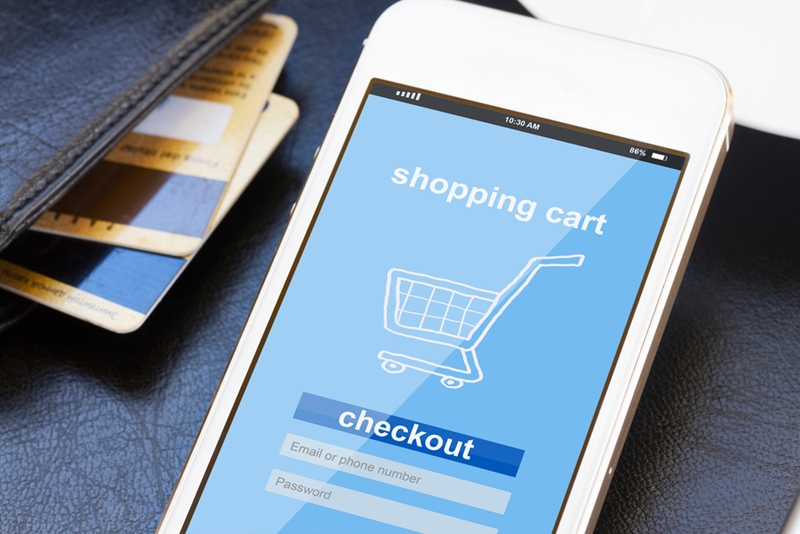
How can retailers boost sales with analytics?
Amazon has confirmed it will launch it’s Marketplace to Australia next. Local retailers can’t afford to wait and see what the company has planned for Australia. How can big data and analytics, enabled through cloud solutions, boost sales in 2017?
Over 42 per cent of respondents to Inside Retail’s 2017 outlook survey noted they faced negative experiences in 2016. There isn’t an abundance of optimism for 2017 either – half expect the year to stay the same or get worse.
That’s not the greatest start to the year, but organisations have hit the ground running. Many Australian retailers are placing a high priority on increasing sales in 2017 – with 30.5 per cent identifying this as their main target for the year.
But what strategy will prove the winner for hitting those sales targets? How can retail organisations get more customers making larger purchases more often? The answer lies in their IT system and solutions like the cloud.
Big data for smarter retail
Whether they know it or not, retailers have tremendous amounts of data at their disposal. This comes via a number of sources ranging from sales and inventory to customer loyalty programs. With so much information available, retailers can put it to use in driving stronger sales.
This is already a hallmark at internet outlets, where shoppers are met with personalised recommendations, interactions and offers. High levels of individualisation combined with the convenience of ordering what you want without leaving your chair is giving online shopping a distinctive edge over brick-and-mortar shops. Consumers are definitely embracing high-tech shopping, with Australians spending $41.3 billion online in the 2015-16 financial year – up 9.25 per cent from the previous year, according to Roy Morgan Research.
 Australians have embraced online shopping. In 2016, nearly 1,000,000 Australians purchased Entertainment and Leisure services every week while 575,000 people made a fashion purchase. (Source Roy Morgan’s Online Shopping Data Survey, March 2017).
Australians have embraced online shopping. In 2016, nearly 1,000,000 Australians purchased Entertainment and Leisure services every week while 575,000 people made a fashion purchase. (Source Roy Morgan’s Online Shopping Data Survey, March 2017).
Fortunately, analytics applied to the volume of data stores collect will be the key to bringing more customisation to the in-person shopping experience. Let’s examine three ways that big data is giving a boost to retail.
More-precise advertising
Every time a retailer reaches out to a customer through an advertising campaign, it incurs a cost. Targeted efforts are far more effective, ensuring that consumers receive relevant deals. With data from multiple channels of contact – including social media – customer analytics can provide a more detailed perspective for advertising. This ensures that money is wisely spent, only delivering deals where they will yield results – to customers most likely to use them.
Optimised store layouts
Analytics can help retailers place products in prime locations to drive sales.
Which parts of your store see the most foot traffic? How do shoppers flow through it, from the entrance to their products of choice and the checkout? Having this information available is key for placing certain goods in particular locations to drive sales.
Analytics powered by the internet of things is helping provide this. In-store sensors are able to create heat maps of retail outlets, showing where customers spend the majority of their time in store. Other tools like consumers’ smart devices are playing a key role, gathering location data from connections to a Wi-Fi network or a retailer’s smartphone app.
Improved customer service
Setting staff levels to meet to demand is now an exact science thanks to analytics. Chocolate retailer Godiva uses counters to gauge peak shopping times and match the number of employees accordingly. At the company’s Regent Street store in London, this tactic helped increase transactions by 10 per cent over a six-week period, according to a Reuters report.
 Having a fine-tuned awareness of peak shopping times will help retailers boost customer service.
Having a fine-tuned awareness of peak shopping times will help retailers boost customer service.
These analytics strategies rely on big data – massive information sets that are constantly growing. Leveraging this depends upon not just the right analytical tools, but the ability to securely house that data and access it when needed.
The cloud is an excellent place to store data without worrying about costly and inflexible expansions to your on-premise IT infrastructure. At Telarus, we specialise in public, private and hybrid cloud solutions for retailers. Contact us today to learn more and discover why we’re the provider of choice for businesses across Australia and New Zealand.



